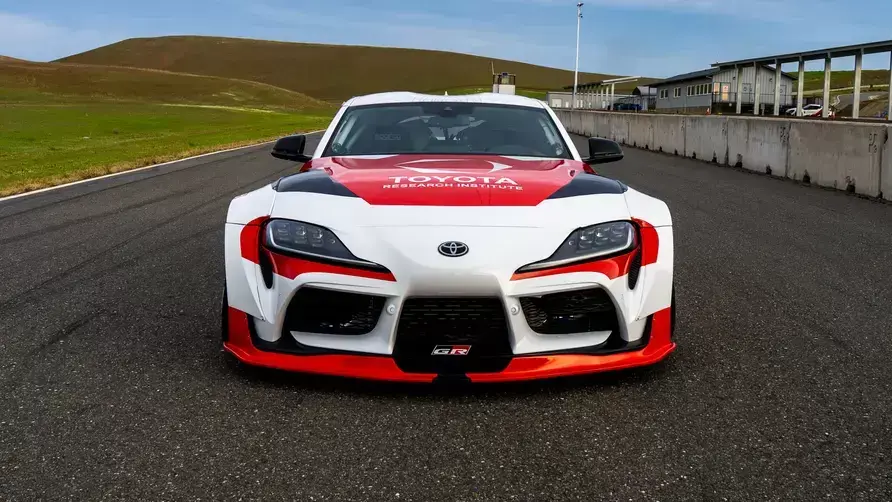
Last Updated: April 15, 2025
In a groundbreaking collaboration, the Toyota Research Institute (TRI) and Stanford Engineering have achieved a world first: two Toyota GR Supras autonomously performing a tandem drift sequence. This feat, accomplished at Thunderhill Raceway Park in California, showcases the potential of AI in mastering complex driving maneuvers without human intervention.
The Evolution of Autonomous Drifting
Building upon their initial success with a single self-drifting Supra, TRI and Stanford spent nearly seven years refining their technology to enable two vehicles to drift in unison. This tandem drift requires precise coordination, with the lead car executing a controlled slide and the chase car responding in real-time to maintain proximity without collision.
Cutting-Edge Technology at Play
Each Supra was equipped with advanced AI systems capable of processing up to 50 inputs per second, controlling steering, throttle, and braking. The vehicles communicated via a dedicated Wi-Fi network, sharing data on positioning and planned trajectories. A neural network tire model allowed the AI to learn from experience, mimicking the adaptability of a human driver.
Real-World Applications
While the spectacle of autonomous drifting is impressive, the underlying goal is to enhance vehicle safety. The techniques developed could inform future driver-assistance systems, enabling vehicles to better handle adverse conditions like snow or ice. By mastering the physics of drifting, these systems aim to prevent accidents by maintaining control during unexpected skids or slides.
Showcased at CES 2025
Toyota highlighted this innovation at the Consumer Electronics Show (CES) 2025, presenting a video demonstration of the self-drifting Supras. Toyota Chairman Akio Toyoda expressed his enthusiasm, noting the excitement this technology brings to the realm of autonomous driving.
Looking Ahead
This achievement marks a significant step toward integrating advanced AI into everyday driving. As research continues, the insights gained from autonomous drifting could lead to safer, more responsive vehicles capable of handling the unexpected with the finesse of a professional driver.










